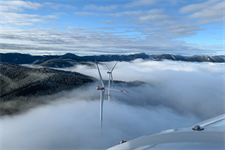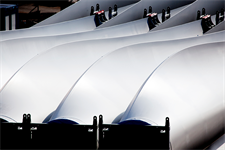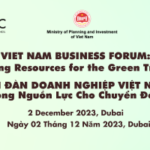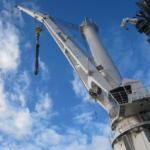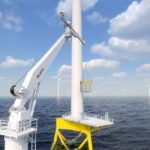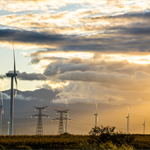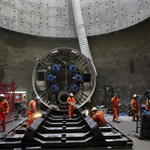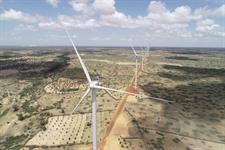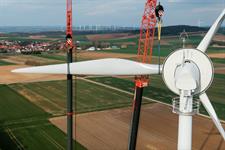Leaders pledge support to deliver meshed offshore grids for Europe
Energy Disrupter
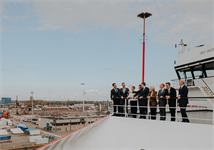
In the so-called Ostend declaration, the leaders of nine countries – Belgium, Denmark, Germany, France, Ireland, Luxembourg, the Netherlands, Norway and the UK – committed to new collective offshore wind targets of at least 120GW by 2030 and 300GW by 2050.
In their joint prime ministers’ declaration, the leaders said they would jointly develop the North Sea as a “green power plant of Europe”.
An offshore renewable energy system will connect countries through multipurpose and crossborder offshore projects and hubs, offshore wind and renewable hydrogen production at massive scale, plus electricity and hydrogen interconnectors.
The leaders also pledged to accelerate offshore renewables and connectivity in the Irish Sea, the Celtic Sea and the Atlantic Ocean.
An additional declaration by the energy ministers specifically pledged to develop a “meshed offshore grid” to incorporate the newly increased offshore renewables targets.
The ministers welcomed the initiative by transmission system operators (TSOs) from Belgium, Denmark, Germany and the Netherlands to develop a meshed offshore grid. “We invite them to continue the work and extend the process to the TSOs of the [other] five countries that have joined this declaration,” they said.
The energy ministers also committed to continuing work on a further 17 multilateral interconnector and energy hub projects involving the nine countries. This includes the ‘LionLink’ hybrid interconnector project between the UK and the Netherlands.
The ministers said they will work together to adjust, clarify and improve their regulatory regimes, with a particular focus on the fair distribution of costs and benefits.
An industry declaration signed by 100 companies across the supply chain called for “clear investment signals” and noted that “plug-in ready grids” are crucial to unlocking the huge volume of investments needed.
WindEurope noted that Europe needs to double its annual grid investments to meet its offshore wind goals, a point it first made in its April 2022 Enabling Europe’s net zero vision paper, produced in collaboration with Hitachi Energy. It estimated that annual grid investment in Europe needs to rise from €40 billion to €80 billion.
In a follow-up report released on 28 April 2023, Offshore grids: the next frontier, WindEurope and Hitachi said the technology to build the required grid solutions is available but must be deployed rapidly and at scale.
Effective regulation and governance are needed to provide certainty, according to WindEurope. “While the evolution of meshed offshore grids is a great opportunity that will help to maximise the penetration of renewables,” it noted, “we also need to address new complexities presented by multiple terminals, vendors, connecting clusters of wind farms and markets.”
The development of an offshore meshed grid also requires resilient supply chains and visibility of project developments across a longer time frame, WindEurope added.
Earlier in April, Dutch-German transmission system operator Tennet published its draft plan for an integrated onshore-offshore grid network for 2045, under what it called its ‘target grid’ vision. This calls for a network of superhighway interconnectors and energy hubs across the North Sea.
